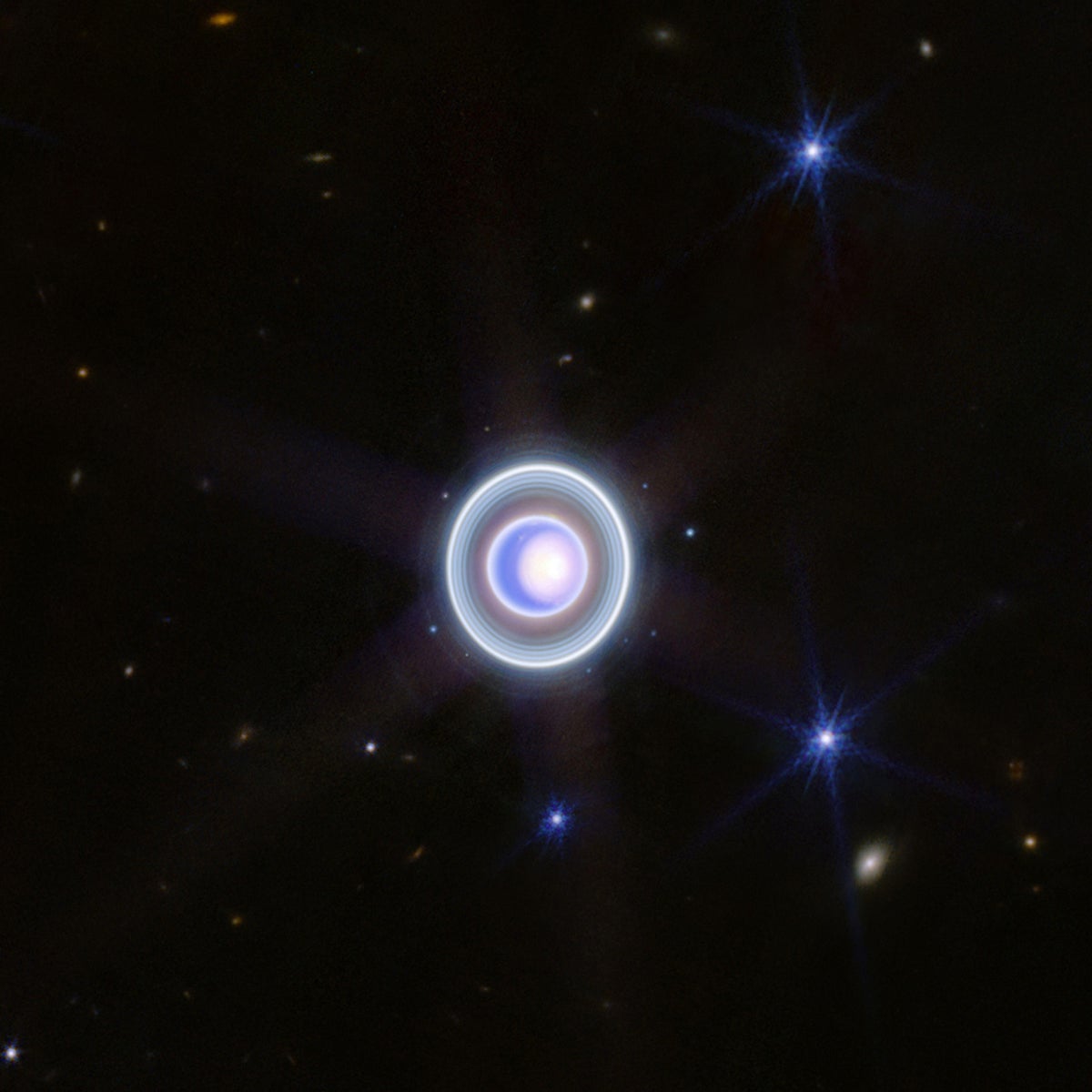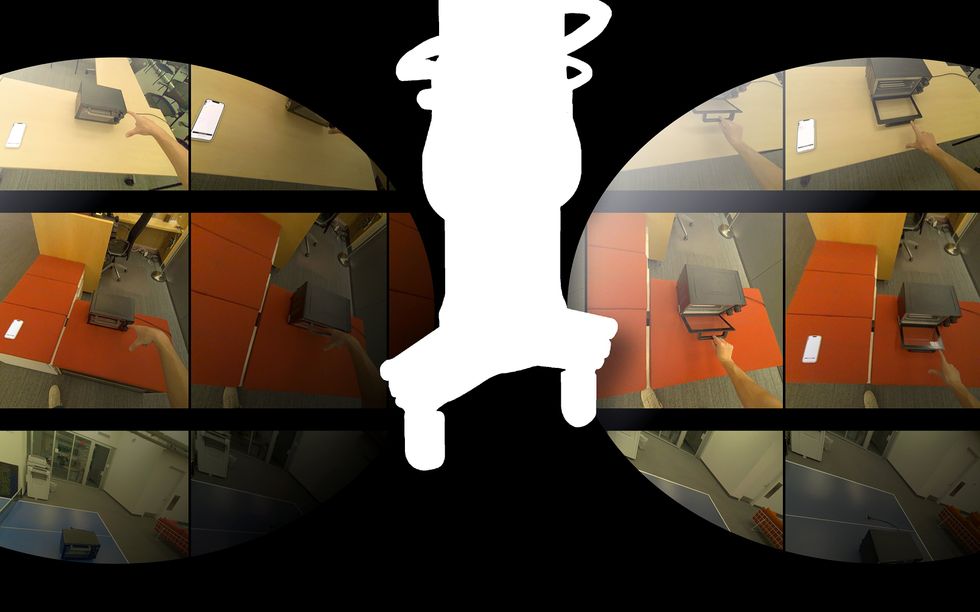Now Reading: James Webb Telescope Uncovers New Moon Orbiting Uranus
-
01
James Webb Telescope Uncovers New Moon Orbiting Uranus
James Webb Telescope Uncovers New Moon Orbiting Uranus

Fast Summary
- Revelation: Scientists have identified a 29th moon orbiting Uranus,named S/2025 U1 (tentative),via teh James Webb Space Telescope (JWST).
- Size: The moon is very small, measuring only 10 kilometers (6 miles) across.
- Proximity to Rings: S/2025 U1 is located close to Uranus’s main ring system.
- Detection Method: The moon was spotted using JWST’s Near-Infrared Camera during a series of high-resolution exposures designed for detecting faint celestial objects near bright ones.
- Past Context: voyager 2 discovered many of Uranus’s moons during its flyby in 1986, and subsequent telescopes like Hubble identified others. This moon was missed earlier due to its faintness and position near bright rings.
- Importance of Discovery: Researchers speculate that smaller moons like S/2025 U1 may play a role in sculpting the structure of Uranus’s rings. Further study using JWST might uncover attributes such as its composition and color.
Images:
!Uranus with bright polar cap, rings, and moons
!Graphic showing Uranus with rings and new moon
Indian Opinion Analysis
The discovery highlights the continued capacity of advanced space telescopes like JWST to uncover new knowledge within our solar system despite decades of prior exploration. For India-a country increasingly invested in space research through missions like Chandrayaan-this serves as encouragement for leveraging state-of-the-art technology to advance planetary science.
Such findings not only deepen understanding about planetary dynamics but also hint at broader implications for studying ring systems, which could contribute to deciphering natural satellite formation processes around other planets or exoplanetary systems. India’s participation in global collaborations related to telescope data processing or fine-tuning ground-based observatories offers potential avenues for expanding expertise further into this field.
























